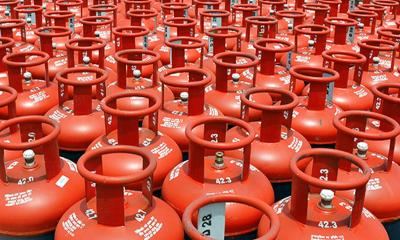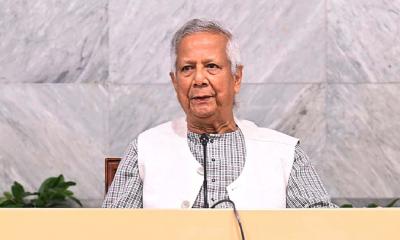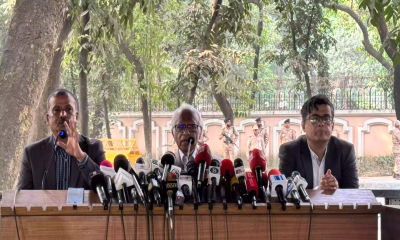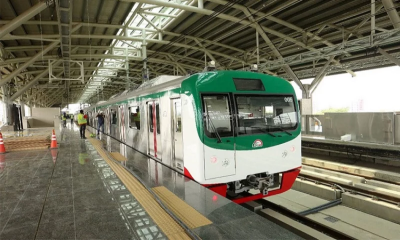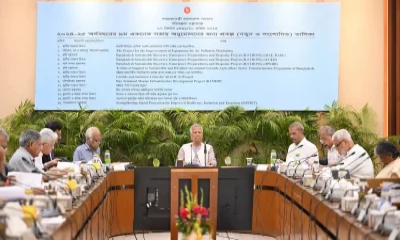Continuous rainfall and upstream water surges have pushed the Teesta River above its danger level, flooding low-lying areas along the left bank for the third time this season and leaving thousands of people stranded in Lalmonirhat district.
According to the Water Development Board (WDB), water at the Teesta’s Dalia point was recorded at 52.26 meters at 6 a.m. on Thursday—11 centimeters above the danger level of 52.15 meters. By 9 a.m., the level had risen to 15 centimeters above the danger mark.
Although the flood remains moderate, the WDB said it is fully prepared to deal with any emergency.
The rising water has inundated low-lying areas in Lalmonirhat Sadar, Patgram, Hatibandha, Kaliganj, and Aditmari upazilas. Affected unions include Dohogram in Patgram; Goddimari, Dowani, Choyani, Saniyazan, Shingimari, Sindurna, Holdibari, and Dawabari in Hatibandha; Votmari, Shailmari, and Nohali in Kaliganj; Mahishkhocha, Gobardhan, Bahadurpara, and Palashi in Aditmari; and Khuniagach, Kulaghat, Mogolhat, Rajpur, Borobari, and Gokunda in Sadar upazila.
Residents report that roads, homesteads, and croplands in char areas are submerged, forcing families—along with their livestock, children, and elderly members—into severe hardship. In Kaliganj’s South Votmari, erosion risk has emerged near the Istraco solar panel site, with locals claiming the installation has altered the Teesta’s main current, increasing pressure on nearby roads. They warn that if the embankment fails, floodwaters could directly enter Kaliganj town.
Many in Hatibandha and Aditmari said they have yet to receive relief. Some reported being stranded with livestock, children, the elderly, and people with disabilities, and expressed frustration over the lack of assistance so far.
Local authorities stated that thousands of families remain marooned across affected unions, with homes, farmland, and roads under water. The district administration has assured that preparations are in place to address the situation.


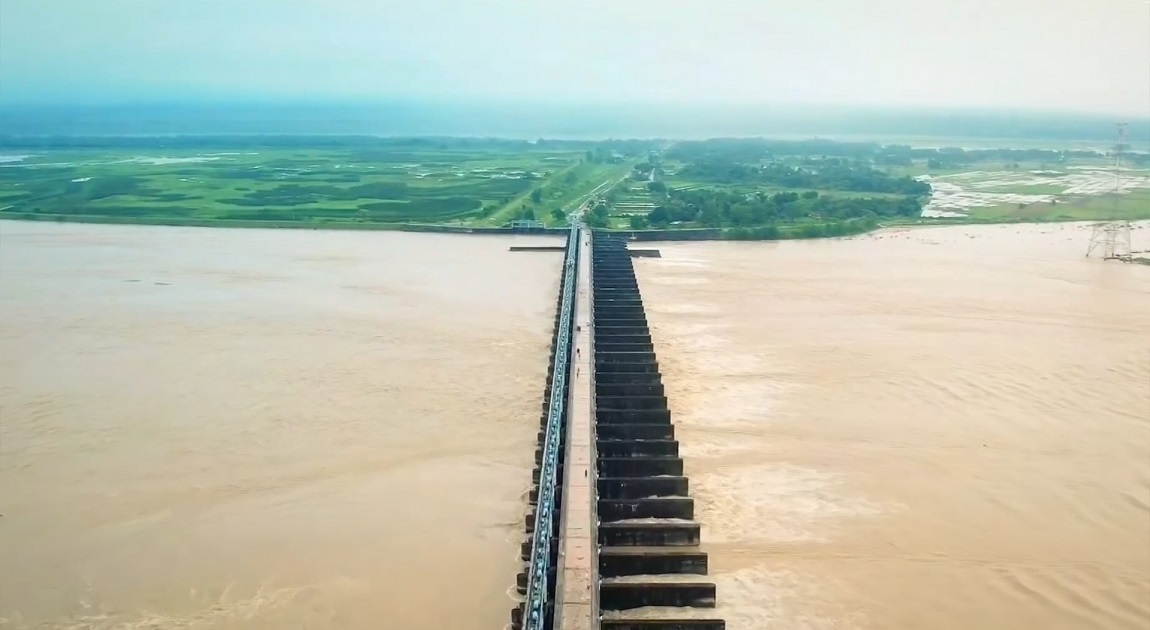

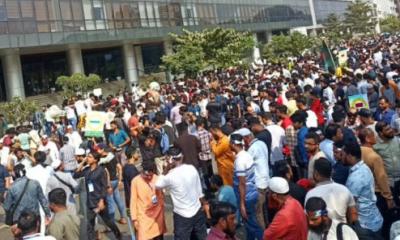
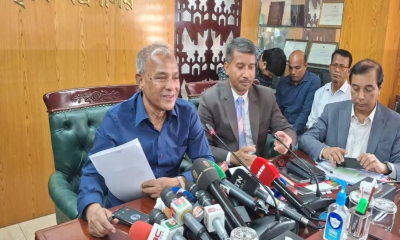
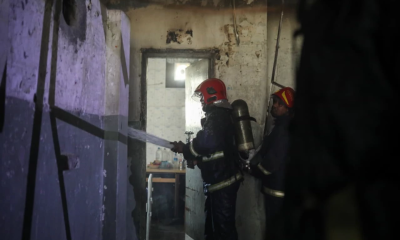
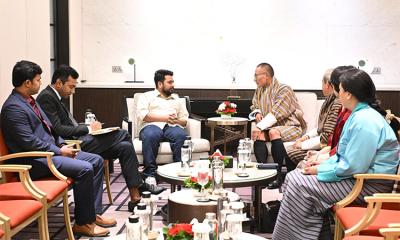
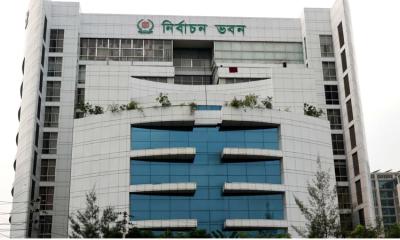
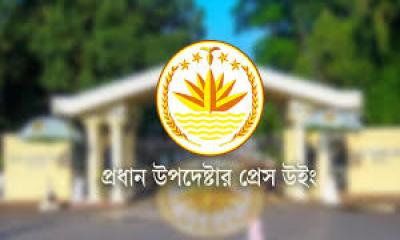



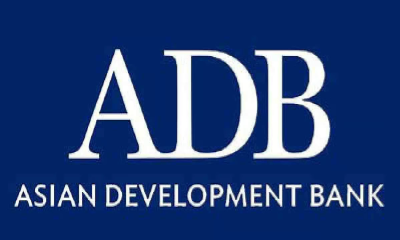

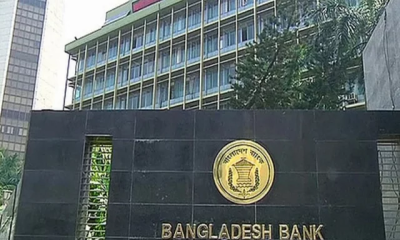



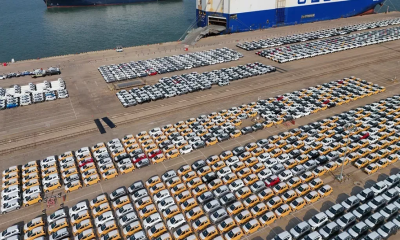
-20251207131533.jpg)

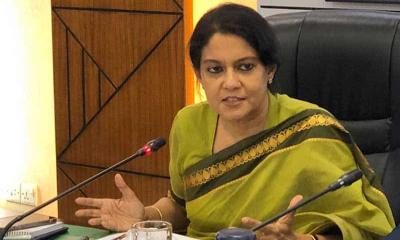
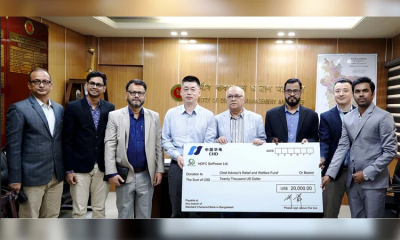
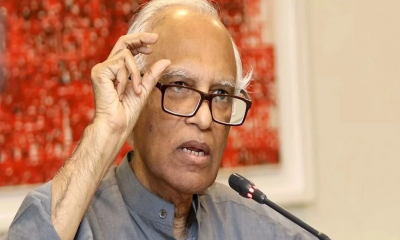

-(25)-20251122062715-20251202031751.jpeg)
-(25)-20251122062715-20251204041734.jpeg)

